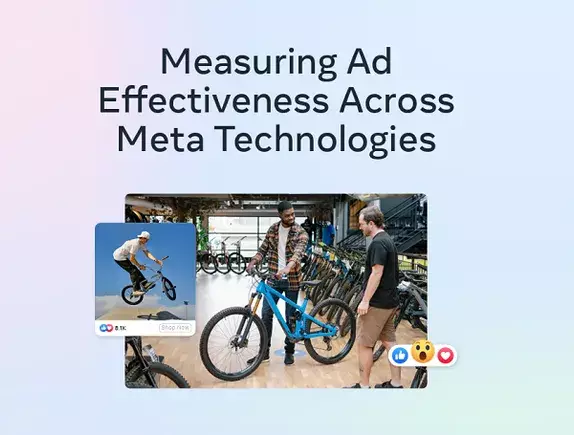In the fast-paced realm of digital advertising, especially on platforms like Facebook and Instagram, the ability to effectively measure campaign performance is paramount. Without a clear understanding of what strategies and tactics yield success, marketers find themselves sailing aimlessly in an ocean of data. This can lead to wasted resources and missed opportunities. Meta, the parent company of Facebook and Instagram, recognizes this challenge and offers a robust suite of measurement tools to help advertisers navigate their campaigns more effectively.
To optimize your advertising efforts, it’s crucial to first establish what success looks like for your specific campaigns. Success varies greatly from one initiative to another—what works for a brand-awareness campaign won’t necessarily apply to a sales-driven effort. Hence, clarity around campaign objectives is fundamental to determining the right metrics for evaluation. Meta emphasizes that advertisers should not only have a measurement toolkit but also align on business goals supported by these metrics. A cohesive strategy that starts from the top—where leadership understands the key performance indicators (KPIs)—can significantly streamline the measurement process.
Diverse Measurement Tools for Varied Needs
Meta categorizes its measurement solutions into four primary groups: Attribution Solutions, Experiments, Modeling, and Custom Analytics. Each category presents varying levels of complexity and is tailored towards different business needs.
1. Attribution Solutions: These tools help advertisers understand which touchpoints are driving conversions. Attribution is vital for uncovering customer journeys and allows marketers to allocate their budgets more efficiently. With this data, businesses can identify high-performing channels and adjust their strategies accordingly.
2. Experiments: This category emphasizes iterative testing. Running controlled experiments provides actionable insights into how different variables influence campaign performance. By testing specific changes—whether variations in ad creative or audience targeting—marketers can glean information that helps optimize future initiatives.
3. Modeling: Meta’s modeling solutions enable advertisers to make predictions based on historical data. This forward-looking approach is essential in a landscape where consumer behaviors change rapidly. By understanding potential future trends, businesses can stay ahead of the curve and make informed strategic decisions.
4. Custom Analytics: Meta provides versatile analytical tools that allow advertisers to tailor their measurement efforts to specific business needs. Customizable dashboards can focus on unique KPIs that resonate deeply with particular campaigns, ensuring that organizations have the agility to respond to changing demands.
Why Understanding Measurement Is Crucial for Advertisers
While the comprehensive listing of Meta’s measurement options is certainly invaluable, the real advantage lies in a deep understanding of how to implement these tools effectively. For many, the plethora of options can seem overwhelming. However, taking the time to explore each solution in detail can shed light on previously overlooked variables. For instance, where one might focus solely on immediate sales conversions, attributing success to brand engagement could reveal a more profound impact on long-term loyalty.
As Meta advances its ad systems towards greater automation, the significance of effective measurement will only grow. Trusting these automated systems requires a foundational understanding of how they interact with business objectives. If marketers can effectively measure the outcome of Meta-driven campaigns, they can ensure alignment with larger business goals, making adjustments as needed to drive results.
It’s worth noting that Meta also provides clear explanations and links for further information on each measurement option, fostering an environment where businesses can continually innovate their strategies. This proactive stance on measurement empowers businesses to extract value from the data collected, leading to more informed decision-making.
In a continuously evolving digital landscape, leveraging these measurement tools isn’t a luxury—it’s a necessity. Marketers equipped with a deep understanding of their performance metrics are much better positioned to capitalize on emerging trends, thereby amplifying their success on platforms like Facebook and Instagram.


Leave a Reply